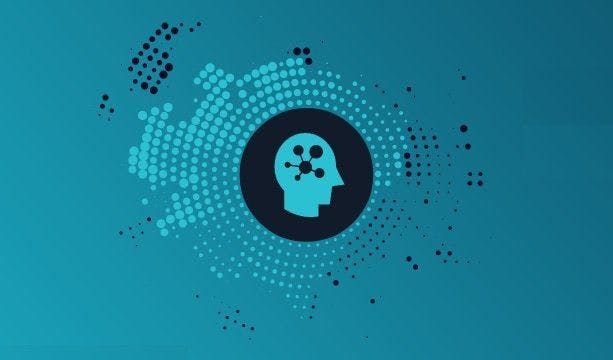ITOM is now in the middle of addressing the needs of the expanding and dynamic nature of IT infrastructure as a function. It is no longer about being a monolithic computing stack. It is now beyond monitoring discrete infrastructure elements.
Simple systems are smart enough to run a diagnosis and correct it on their own. But, native-cloud businesses with micro-service architecture and distributed systems are complex.
System admins and ITops analysts were the eyes of systems, services, and apps. It circled around ticketing, resolution, and people dependency. Complex systems depending on people increased the level of failure.
Now, ITOM is about observability that creates a proactive and transparent among complex and modern ecosystems.
Why Observability for your ITOM?
- Businesses are living with the pressure to innovate fast. The development teams launch something every other hour, and they need to talk to internal systems for insights.
- Apps and software have to deliver a high customer experience.
- To meet these business needs, technology stacks are adding more and more tools. It is getting bigger and complex.
- To put all these in place, there is a lot of demand for DevOps and automation. Creating intelligent autonomous systems is the ITOM’s new skill to be added.
- Deliver high-quality software at scale
- Build a sustainable culture of innovation
- Optimize investments in cloud and modern tools
- See the real-time performance of their digital business.
Observability, the Future of Systems and App Monitoring
Observability as a next-generation monitoring mechanism can measure how a system’s internal state can infer external outputs. It develops organizational capabilities of monitoring and analyzing events, along with KPIs and other data. Observability yields actionable insights.
Observability is applied in the following use cases:
- To reduce visibility gaps for modern applications architecture and dynamic workloads since the existing monitoring tools are not designed to support.
- Provide context to the monitoring data to explain why and where questions.
Observability in a Box in the AIOps Context
Traditional AIOps could not be applied for all use cases that challenged the ITOM landscape. It served the immediate purpose but with a high investment of resources and a longer time to value.
AIOps 2.0 with observability in a box provides a quick turnaround with easy implementation. It brings an outcome-driven approach for metrics, events, logs, traces, and alerts.
Traditional ITOM comes with data centers geographically distributed. This adds to the alert noise and ticket volume. The problem resolution time is extended with reactive operations and lack of ability to preempt outages.
About CloudFabrix's Observability-in-a-Box solution
AIOps 2.0 by CloudFabrix with Observability Enables:
- Closer Identification of specific problems in a switch.
- Dependency recognition, where the problem has actually triggered from.
- Identification of other Observability gaps
- Asset Intelligence
- Reduced MTTR (Mean Time to Repair)
Why is Observability key for the AIOps journey?
- Cost reduction recommendations rather than matrices analysis
- Delay avoidance rather than processing delay intimation
- Real-time metric data analysis and trends with aligned actionable insights and anomaly detection.


